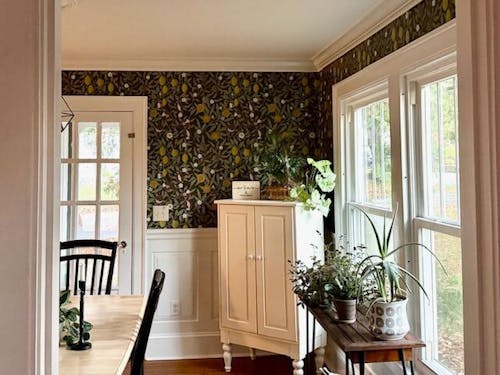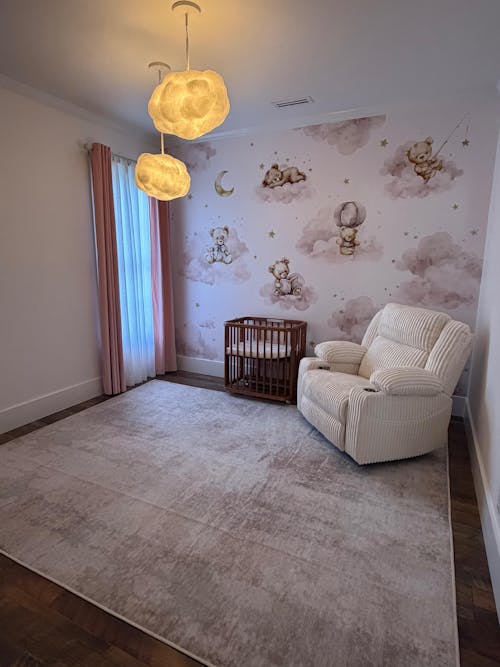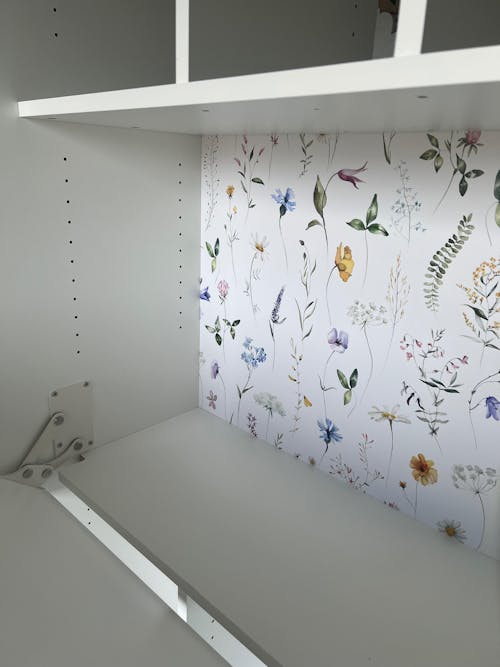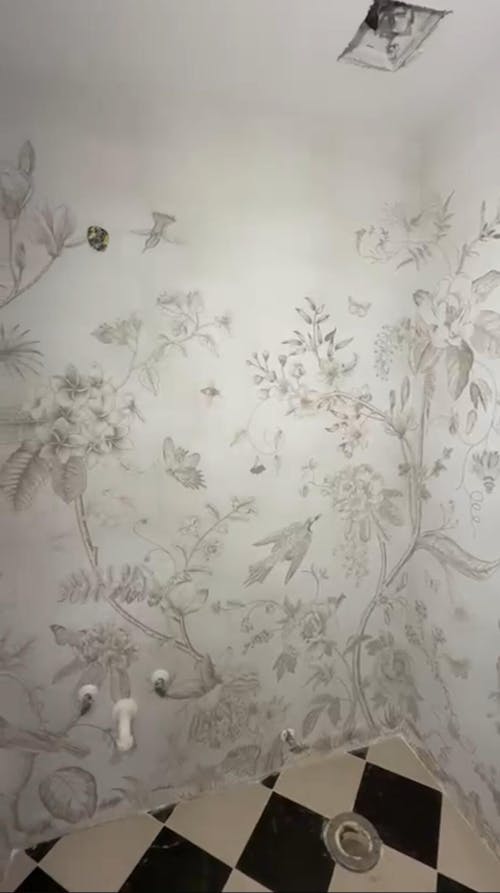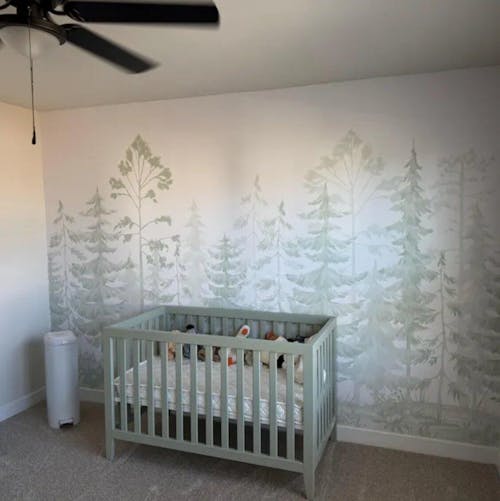As the demand for hassle-free home decor solutions continues to rise, peel and stick wallpapers have emerged as a popular choice for homeowners seeking a quick and budget-friendly way to transform their living spaces. However, despite the convenience associated with peel and stick wallpapers, the anticipation of challenges in the installation process remains crucial for a successful outcome.
In this article, we delve into the common challenges associated with peel and stick wallpapers. By addressing these challenges proactively, homeowners can navigate the installation process with confidence, ensuring that their chosen wallpaper not only enhances the visual appeal of their spaces but also stands the test of time.
Adhesion Issues
Surface Preparation Importance:
Proper surface preparation is the foundation of a successful peel and stick wallpaper installation. Ensure that the surface is clean, smooth, and free from any dust, debris, or existing wallpaper. Use a mild detergent and water to clean the surface thoroughly, allowing it to dry completely before application.
Identifying Unsuitable Surfaces:
Surfaces with excessive texture, unevenness, or high porosity can hinder adhesion. Prioritize smooth and non-porous surfaces such as painted walls, glass, or finished wood. If uncertain about a surface's suitability, conduct a small adhesion test in an inconspicuous area. Read more
Temperature and Humidity Considerations:
Install peel and stick wallpaper in a controlled environment with moderate temperatures and humidity levels. Extreme conditions, such as excessive heat or high humidity, can impact the adhesive properties, leading to installation challenges. Aim for a room temperature between 60-80°F (15-27°C) and humidity levels between 40-60%.
Alignment and Placement
Ensuring Accurate Alignment:
Employ guiding tools like straight edges, levels, or laser guides to maintain straight lines. Utilize temporary chalk or pencil markings as visual guides, and work in small sections to minimize the risk of misalignment over larger surfaces. Always double-check measurements before peeling off the adhesive backing, especially when dealing with intricate patterns.
Addressing Challenges with Corners and Edges:
Gently pre-fold corners before applying the peel and stick material to ensure a smoother transition. Take the time to trim excess material carefully, and use a heat gun or hairdryer to soften the material around corners, facilitating better adherence.
Managing Intricate Patterns and Designs:
Begin with careful planning, ensuring that the patterns align seamlessly. Consider creating a template for complex designs to guide placement accurately. Work slowly and methodically, smoothing out the material as you progress to maintain the integrity of the pattern.
Durability Concerns
Assessing the Quality of Peel and Stick Materials:
Prioritize products with high-quality adhesives and durable surface finishes. Research and choose reputable brands that have established themselves as manufacturers of reliable wallpaper for sticking, such as CostaCover. Read product reviews and seek recommendations to ensure that the materials can withstand daily wear and tear.
Identifying Potential Long-Term Issues:
Examine the material's resistance to fading, discoloration, and damage over time. Some wallpapers may lose their adhesive properties or show signs of wear, especially in high-traffic areas. Understanding the expected lifespan of the chosen wallpaper can help manage expectations and plan for potential replacements or updates.
Environmental Factors Affecting Durability:
Areas with excessive sunlight exposure may accelerate fading, while high humidity levels can affect adhesive strength. Additionally, rooms prone to temperature fluctuations may experience challenges in maintaining consistent adhesion. Choose peel and stick wallpaper that is suitable for the specific environmental conditions of the installation area to ensure long-term durability.
Removal Challenges
Importance of Proper Removal Techniques:
Improper removal can damage the underlying surface, leaving residue or causing paint to peel. Begin by peeling off the wallpaper slowly and at a low angle. Use heat from a hairdryer or a wallpaper steamer to loosen the adhesive, making the removal process easier. Read more
Testing in an Inconspicuous Area:
Before initiating full-scale removal, conduct a test in an inconspicuous area to assess how the wallpaper responds to removal techniques. This step helps in determining the level of difficulty and allows for adjustments to the removal approach, minimizing the risk of damage to the underlying surface.
Addressing Adhesive Residue:
Use a wallpaper adhesive remover or a mixture of water and vinegar to gently eliminate any leftover adhesive. Follow manufacturer recommendations for specific cleaning products, ensuring that the chosen method is suitable for both the wallpaper and the underlying surface.




